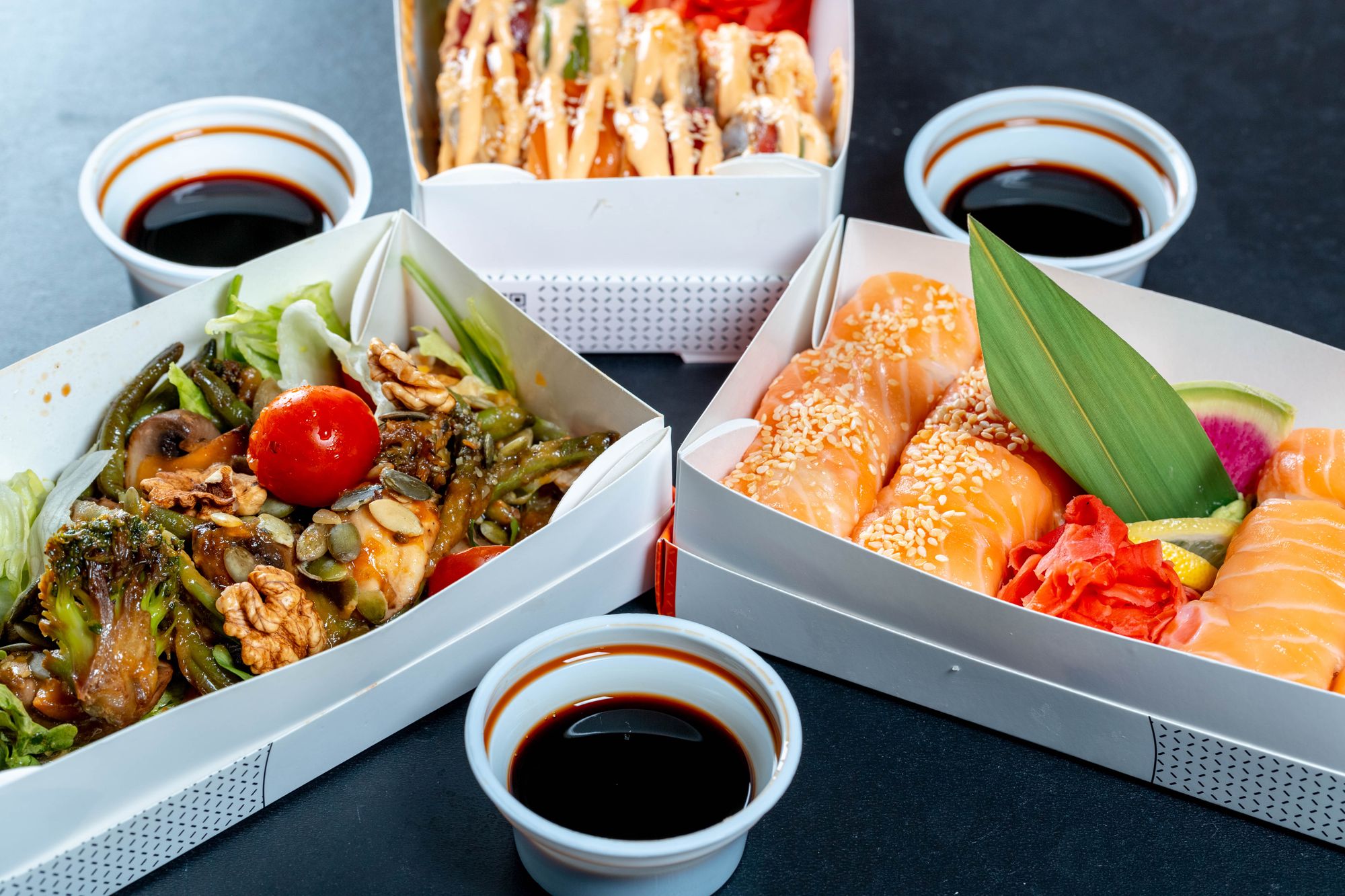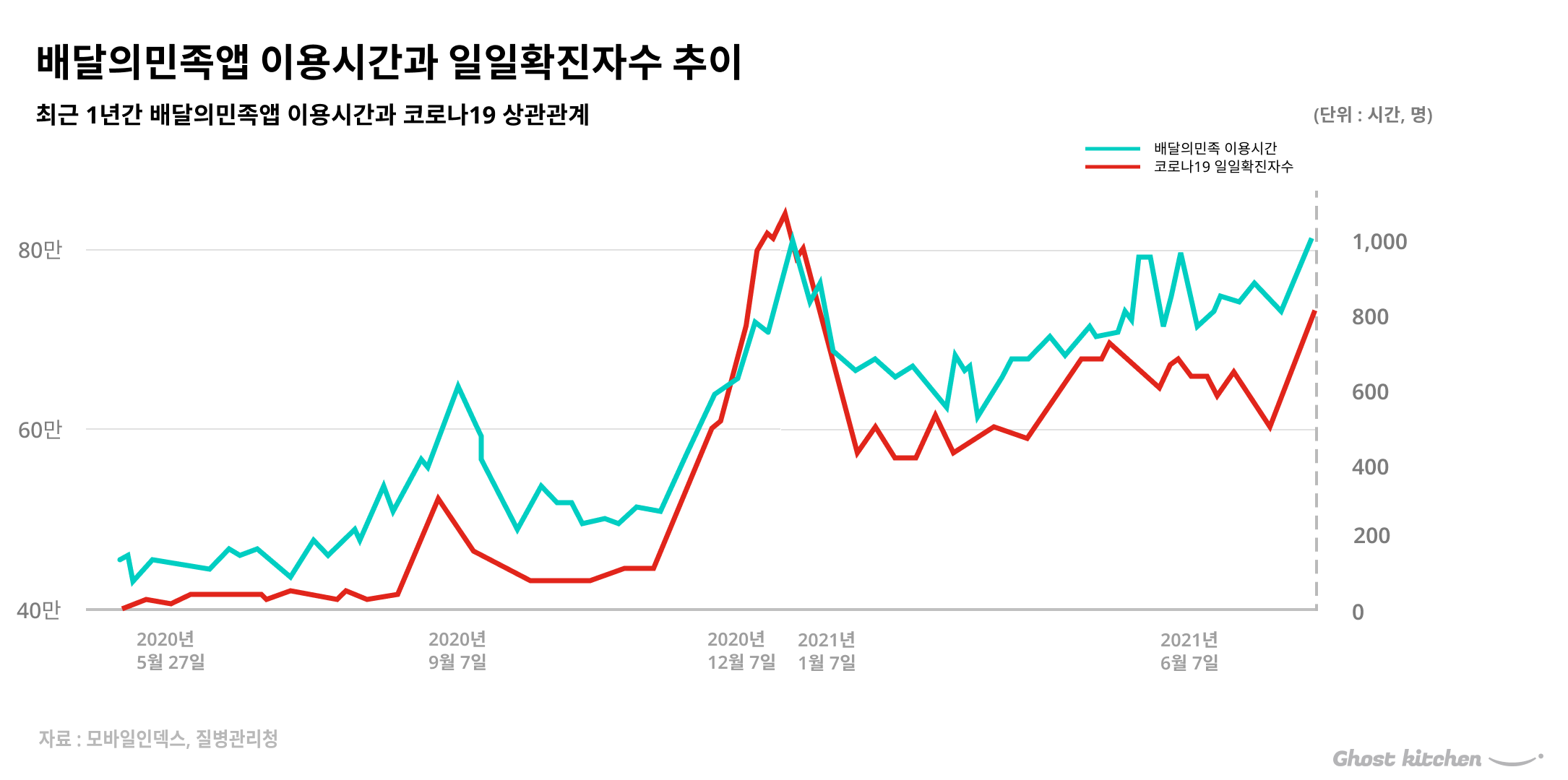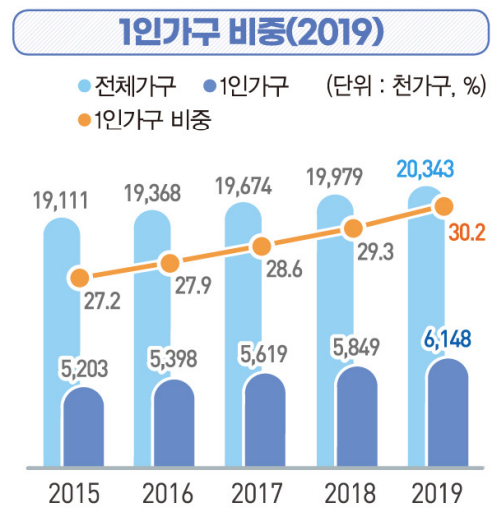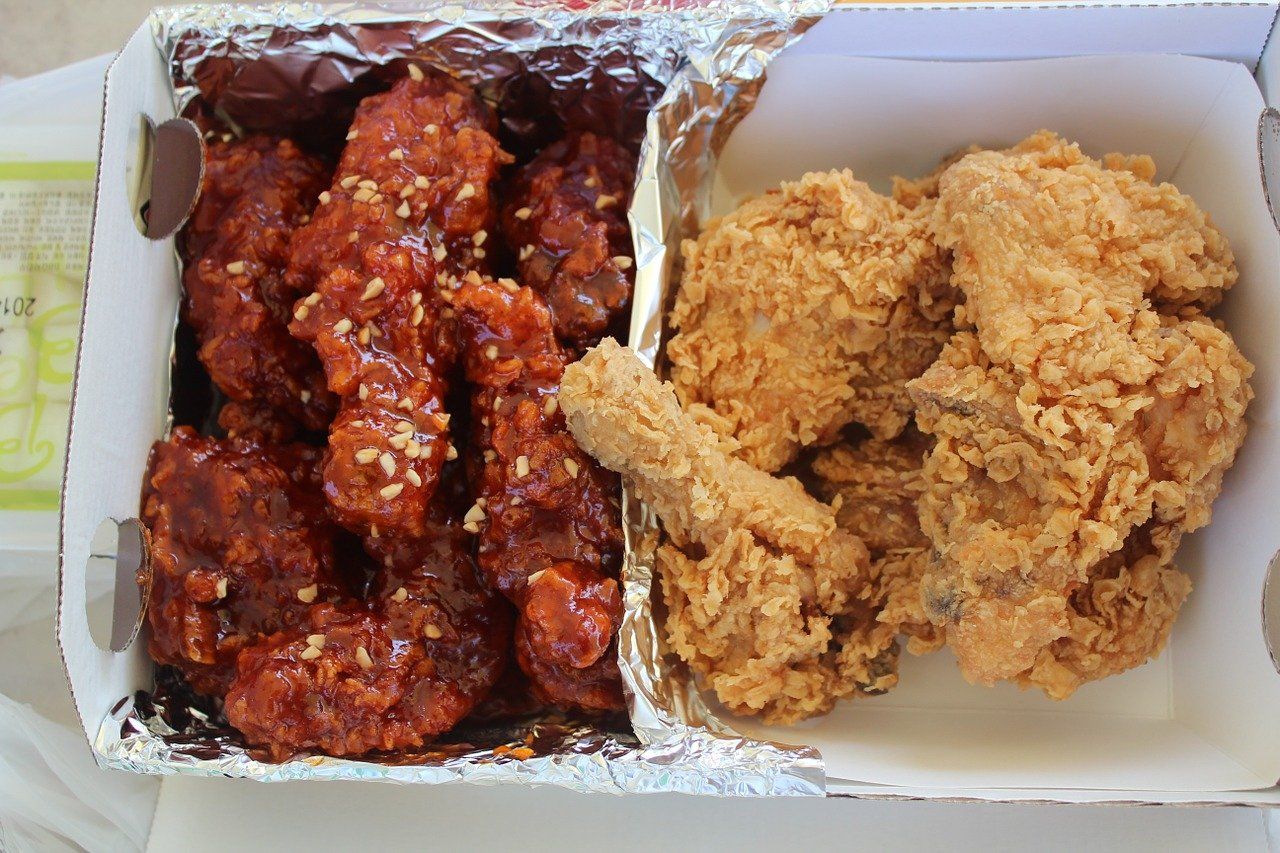
Why Food Delivery Apps Thrive in Korea
If you have a craving for, well, just about anything edible, Baemin, Yogiyo or their numerous competitors are at your disposal.
The Covid-19 pandemic has been a tragedy for humankind but a boon for food delivery platforms. In Korea, food and beverage sales worth 17.33 trillion won (14.58 billion USD) took place on such apps in 2020, jumping from 9.74 trillion won (8.21 billion USD) the year before. Given no end in sight for this public health crisis, the growth in 2021 likely remained strong according to multiple estimates including one by the national daily Donga Ilbo.
No wonder German company Delivery Hero CEO Niklas Oestberg recently held up Korea as the opposite of Germany, where the firm has struggled to make a dent.
This is how it works in Germany today. Data is clear. In Korea there are 120m organised deliveries per month, in Germany 2m. This is terrible statistics and unbelievable missed opportunity. (3/4)
— Niklas Oestberg 🥙🛒🚴♀️ (@niklasoestberg) December 9, 2021
Delivery Hero owns Baedal eui Minjok 배달의민족 ("Delivery Nation"), often simply called Baemin. It's Korea's biggest food delivery app.
In its home base, Germany, the company announced last week that its local delivery app Foodpanda was exiting six large German cities and limiting operation to central Berlin. Officially the firm justified the downsizing on the ground that "the landscape of the German market changed significantly." In reality Oestberg has not been shy in criticizing the current draft proposal in the European Union that will see delivery and ride-hailing app workers become real employees.
If it becomes law, costs for companies like Uber and Delivery Hero, which insist that the service providers on their apps are freelancers, will skyrocket after salaries, benefits, insurances and even pension contributions are factored in.
Only some Korean media outlets picked up on Oestberg's tweet about the Korean market, but it created a ripple on social media: by highlighting the sheer volume of delivery business in Korea in comparison to Germany, Oestberg unwittingly but correctly implied that lax Korean labor rules are good for his business.
But weak regulations allowing gig workers to be hired as freelancers aren't the only reason the industry has found success in Korea.
The demand for food delivery services gets only stronger, fueled by the global epidemic, consumer behavior and a demographic shift.
Since the pandemic started, It's been shocking to go to busy parts of Seoul—say Gangnam—and see an army of motorcycle riders who fill up the streets at every hour with packaged food in their hands. The Ministry of Employment and Labor's November data shows 2.2 million—8.5 percent of employed Koreans between the ages of 15 and 69—now earn their living off online platforms. Of those, about 30 percent (660,000 people) work in delivery and transportation.
Certainly the unrelenting spread of the Coronavirus is one clear factor for the normalization of this gig economy. Though self-serving, this fascinating graph from a communal kitchen rental service shows just how closely the amount of time Koreans spent on the app Baemin mirrors the infections curb (self-serving because the company is using the data to convince potential restauranteurs that they should not open real restaurants but save money by making food at a communal kitchen space only for delivery).

But one might argue that the Korean market was always primed for a thriving food delivery culture.
Koreans have long been spoiled by affordable delivery possibilities. When shopping online, a flat fee of 3,000 won (2.5 USD) is enough to get a package from almost anywhere in the country (it used to be an even more ludicrous 2,500 won). Free shipping is usually included when spending more than 50,000 won.
Coupang, famous for its "Rocket Delivery" service, operates like Amazon Prime. Pay a monthly fee of 2,900 won and receive any qualifying item the next day without paying for shipping, regardless of how small the order is. Several online grocery shopping sites also offer next-day delivery, and those boxes routinely arrive in the early morning hours (my parents in Seoul once received theirs at 2 am).
Even having cooked food delivered home wasn't a new thing when the two biggest apps—Baemin and Yogiyo—launched in 2011. Fried chicken beloved by Koreans has long been considered a delivery food (although it's just as acceptable as a snack while drinking or even dinner out). Chinese food like the black-bean noodle and fried pork morsels doused in a sweet-and-sour-sauce is another standard fare for ordering on the phone.
At small businesses, merchants traditionally call eateries in the vicinity and arrange for simple lunches to be brought to the shops, even to this day.
Such longstanding conveniences naturally translated into a need for an even better option like the now commonplace apps. Befitting the Korean reputation for bbali-bbali 빨리빨리 (quickly, quickly), "consumers want speed rather than taste from delivery food," an analysis this June asserted.
"The most common expression consumers used last year on social media with regard to delivery was 'fast', increasing 48.2 percent from the year before. That was a bigger jump than the increase in the frequency with which they used the expression 'delicious', at 38.8 percent."
That makes sense. The numerous Korean apps offer a wide range of culinary choices, but burger and fried chicken perennially top the most preferred delivery food ranking (meaning people aren't necessarily drawn to novelty or variety).
In one noticeable shift, standard Korean food (hansik 한식) replaced fried chicken in the number-two spot last year. It reflected the desire of consumers to eat familiar Korean meals that they once took in restaurants, now that they couldn't go out nearly as easily.
What kind of Koreans, though, would order Korean food to eat at home rather than making it?
This article from Daily Pop, an online media outlet specializing in the so-called "solo economy"—plainly put, one-person households—is enlightening. In a country the proportion of those living alone has steadily increased to surpass 30 percent in 2019, "the need for food delivery has substantially increased due to the rise in the number of one-person households."

Despite the small sample size of fewer than 400, an August survey cited by the newspaper Joongang Ilbo gives an inkling that more and more Koreans are willing to spend their money on food delivery because they are alone. According to it, the fewer people lived in a household, the more satisfied they tended to be with ordering food on delivery platforms.
Seeing the potential in Korea, Delivery Hero completed its acquisition of the firm that operates Baemin this October (Delivery Hero previously owned Yogiyo, the second-biggest food delivery app in Korea, but had to sell it as a condition for buying Baemin imposed by the Korea Fair Trade Commission (KFTC); the government feared a potential monopoly should Delivery Hero control both apps).
Not that it's going to be all smooth sailing for the German company or the food delivery industry as a whole.

Delivery workers, legally classified as freelancers, have taken to unionizing so that they can extract better compensation and working conditions from the big apps. The KFTC has gradually taken a hard line on the platforms' business practices and self-drafted terms of service that favor themselves. Yogiyo for instance came under fire last year after banning its partner restaurants from selling food more cheaply through other means.
The government has also defined delivery workers as essential workers, giving them more clout in negotiations with the management. A legislation specifically for protecting gig workers is making its way through the National Assembly.
Ironically, the popularity of food delivery has only weakened the apps' hand: a growing number of businesses including Coupang have entered the market and there is now a shortage of delivery workers. Wages are naturally rising.
And more importantly, these apps are losing money. Sales have gone up, but so have costs as more players seek a piece of the pie.
Koreans' appetite for food on demand isn't going to shrink, but how Delivery Hero and its likes will monetize this situation is anyone's guess.
Cover: Marco Verch via CC Null, CC-BY 2.0